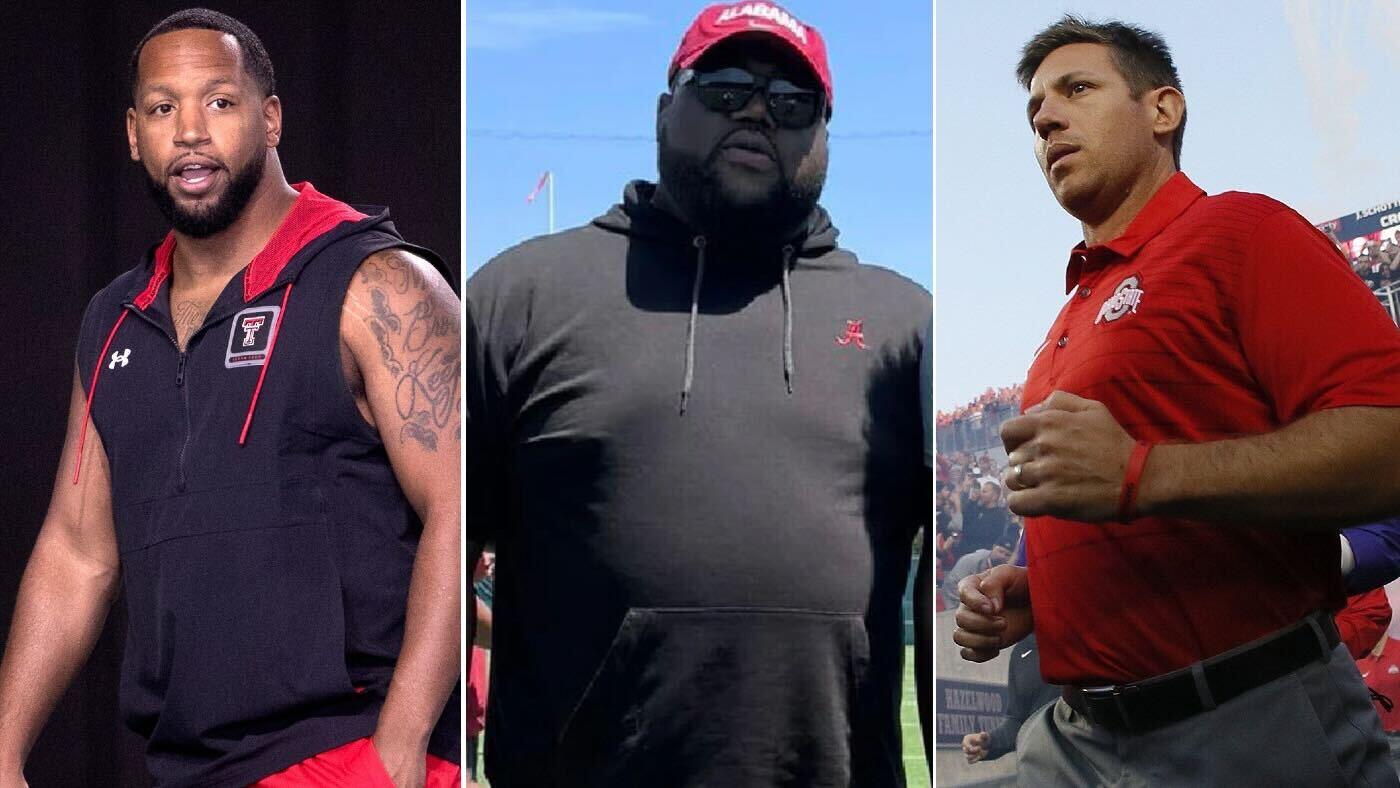The landscape of college football has undergone a seismic shift, propelling the general manager role from obscurity to unparalleled prominence. What was once primarily the domain of head coaches has evolved into an NFL-like model, demanding sophisticated front-office expertise to navigate the complexities of modern roster building. These often unsung heroes are now the true architects, commanding seven-figure salaries and attracting top-tier talent, including former professional GMs and even celebrity figures, underscoring the position’s skyrocketing influence.
Unlike their professional counterparts, the college general manager’s responsibilities are remarkably diverse and often ambiguous. The lack of a standardized role means schools empower their GMs in dramatically different ways, leading to varied interpretations of success. Some programs prioritize unparalleled recruiting expertise, focusing heavily on securing top high school prospects and transfer portal targets. Others might emphasize talent evaluation, leaving on-field recruiting to coaching staff, while a third group values elite organizational skills above all else. This fluidity presents a unique challenge in defining and assessing their impact.
To identify the college football industry’s elite player personnel executives, a comprehensive approach involving extensive consultation with informed sources was critical. Coaches, agents, personnel executives, and even NIL agents offered insights, emphasizing factors like consistent on-field success, a proven recruiting track record, and the crucial relationship built on trust between the general manager and the head coach. While the focus primarily remained on individuals holding the official “GM” title, exceptions were made for those performing essential roster management functions under different designations, highlighting the evolving nature of these roles.
Among the rising stars in college football front offices, figures like Barnes, integral to Temple’s and Iowa’s consistent success, exemplify the multifaceted nature of the role. His accounting background has proven invaluable in managing modern salary cap projections and budgeting, crucial aspects of player personnel in the NIL era. Similarly, Doherty’s pivotal role in Washington’s remarkable turnaround, despite limited NIL resources, showcases the impact of astute talent evaluation and strategic player acquisition. These college football executives are mastering the art of building competitive rosters with diverse resources.
Further underscoring the varied strengths, Glasscock at Ole Miss is celebrated for his organizational prowess in recruiting and scouting, contributing to top-ranked classes. Grant, a recipient of the Player Personnel Director of the Year award, has distinguished himself with an exceptional eye for early talent identification, though retaining those players in a competitive environment remains a challenge. Meanwhile, Brandon Harris at Texas, even before turning 30, commands one of the nation’s most powerful recruiting operations, demonstrating unparalleled synergy with his head coach and leveraging robust NIL deals to secure top prospects. These individuals are redefining how college football teams are built.
The “Godfathers” of the college football GM position, like Ohio State’s Pantoni and LSU’s Thomas, are universally revered for their pioneering efforts and sustained success. Pantoni is often cited as the “gold standard,” revolutionizing personnel departments and consistently adapting to sport-wide changes to keep the Buckeyes at the pinnacle of college football. Thomas, one of the first to hold the GM title, not only mainstreamed the position but also developed numerous leading personnel professionals, showcasing a knack for big-picture strategic thinking and aggressive, successful transfer portal approaches that redefine roster management.
Other notable college football executives include Sorrels at Clemson, who thrives with a unique high-character high school recruiting model, demonstrating sustainable success by focusing on quality over quantity. Simmons at Vanderbilt, leveraging his keen eye for talent, made a significant breakthrough by elevating the Commodores in the SEC through strategic player personnel decisions. Vaughn’s ability to build trust across different coaching personalities and run efficient operations highlights the jack-of-all-trades required in this rapidly evolving landscape. The player personnel aspect of college football is now more critical than ever.
As college football continues its march towards a more professionalized structure, the role of the general manager will only intensify. The influx of NFL veterans into these pivotal positions signals a new era of strategic roster construction, informed by decades of professional experience. While it’s early to assess their full impact, these kingmakers are undeniably shaping the future of the sport, solidifying the general manager as an indispensable asset in the relentless pursuit of championships and sustained program excellence through meticulous recruiting strategies and comprehensive player personnel oversight.






Leave a Reply